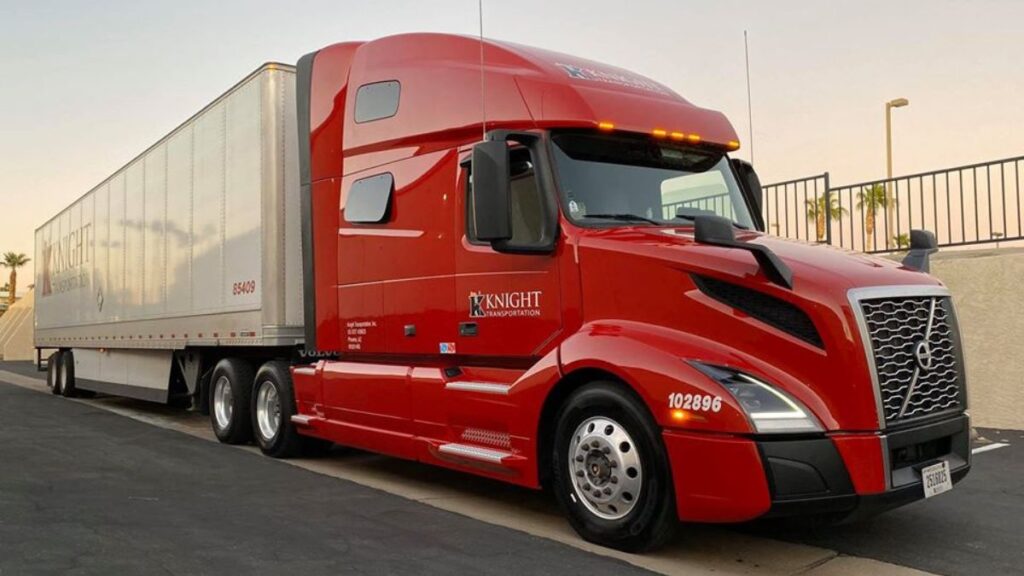Commercial vehicles play a critical role in the economy, transporting goods and people and keeping the supply chain moving. From semi-trucks to local delivery vans, they power industries worldwide. This article explores their importance, technological advancements, economic impact, industry challenges, and the future of transportation.
The Fleet: Types of Commercial Vehicles
The term “commercial vehicle” covers a wide range of vehicles designed for specific tasks. Each type is engineered to meet the demands of its particular role, from hauling heavy freight to transporting passengers.
Trucks
This is perhaps the most diverse category, encompassing everything from light-duty pickups to heavy-duty semi-trucks.
- Light-Duty Trucks: These include pickup trucks and cargo vans used by tradespeople like plumbers and electricians for carrying tools and supplies.
- Medium-Duty Trucks: Box trucks and flatbeds fall into this category. They are often used for local deliveries and moving services.
- Heavy-Duty Trucks: Also known as semi-trucks or tractor-trailers, these are the giants of the road. They are the backbone of the logistics industry, hauling immense quantities of goods over long distances.
Buses
Designed for transporting large groups of people, buses serve a crucial public service.
- City Buses: These operate on fixed routes within urban areas, providing essential public transportation.
- Coach Buses: Used for long-distance travel, these buses offer more comfort and amenities for passengers on intercity routes.
- School Buses: A familiar sight in any community, these vehicles are specifically designed for the safe transport of children to and from school.
Vans
Cargo vans and passenger vans are versatile vehicles used for a variety of commercial purposes. Delivery companies rely on cargo vans to transport packages, while shuttle services and small tour groups often use passenger vans.
Specialized Vehicles
Many industries require vehicles built for a specific purpose. This includes construction vehicles like dump trucks and cement mixers, as well as emergency vehicles like ambulances and fire trucks.
Key Roles Across Major Industries
Commercial vehicles are indispensable to the daily operations of countless industries. Their function is not just to move items from point A to point B; they are an integral part of the operational fabric of our economy.
- Logistics and Transportation: This is the most obvious and significant role. The trucking industry alone is responsible for moving over 70% of all freight in the United States. Without these vehicles, store shelves would be empty, and manufacturing plants would grind to a halt.
- Construction: The construction industry heavily relies on specialized commercial vehicles. Dump trucks haul away debris, cement mixers deliver ready-mix concrete, and flatbed trucks transport heavy machinery and building materials to job sites.
- Public and Private Transport: Buses provide affordable and accessible transportation for millions of people every day, reducing traffic congestion and offering mobility to those without personal vehicles.
- E-commerce and Last-Mile Delivery: The boom in online shopping has created a massive demand for delivery vans. These vehicles are essential for the “last mile” of the supply chain, ensuring packages arrive at customers’ doorsteps quickly.
Driving Forward with Technology
The commercial vehicle industry is undergoing a technological revolution. Innovations are making vehicles safer, more efficient, and easier to manage, transforming how businesses operate their fleets.
- GPS and Telematics: Modern fleets are equipped with advanced GPS and telematics systems. These tools allow fleet managers to track vehicle locations in real-time, monitor driver behavior (like speeding or harsh braking), and optimize routes for fuel efficiency.
- Advanced Safety Features: New commercial vehicles come standard with safety features that were once considered luxuries. Automatic emergency braking, lane departure warnings, and blind-spot detection systems help prevent accidents and protect drivers and other road users.
- Electronic Logging Devices (ELDs): Mandated in many countries, ELDs automatically record a driver’s hours of service. This ensures compliance with regulations designed to prevent driver fatigue, a major cause of accidents.
The Economic Engine
The commercial vehicle sector is a massive contributor to the economy. It creates millions of jobs, from drivers and mechanics to logistics coordinators and fleet managers. The industry’s health is often seen as a barometer for the overall economy; when more goods are being shipped, it’s a sign of strong economic activity.
For individuals, the industry offers stable career paths with competitive pay. For example, the demand for qualified drivers remains high, with many companies actively recruiting for trucking jobs in Utah and other states to keep up with shipping demands. The ripple effect is substantial, supporting related industries like manufacturing, vehicle maintenance, and fuel production.
Navigating the Challenges
Despite its importance, the industry faces several significant challenges.
- Fuel Efficiency and Emissions: Large vehicles consume a lot of fuel, making them a major source of greenhouse gas emissions. Stricter environmental regulations are pushing manufacturers to develop more fuel-efficient engines and explore alternative fuels.
- Driver Shortage: Many countries are facing a shortage of qualified truck drivers. The demanding lifestyle and long hours on the road make it a difficult career to attract new talent to.
- Regulatory Compliance: The industry is heavily regulated, with complex rules governing everything from vehicle maintenance to driver hours. Staying compliant requires significant administrative effort and investment.
The Road Ahead: Future Trends
The future of commercial vehicles promises even more dramatic changes, driven by a push for sustainability and automation.
- Electric and Hydrogen Vehicles: Manufacturers are investing heavily in electric and hydrogen-powered trucks and buses. These vehicles produce zero tailpipe emissions, offering a cleaner alternative to diesel. While challenges like range and charging infrastructure remain, the transition is already underway.
- Autonomous Vehicles: Self-driving trucks are no longer science fiction. Companies are actively testing autonomous technology, which has the potential to improve safety, increase efficiency by allowing trucks to operate nearly 24/7, and help address the driver shortage.
- Connectivity and Data: The continued integration of IoT (Internet of Things) devices will make fleets even smarter. Vehicles will be able to communicate with each other and with infrastructure, leading to smoother traffic flow and predictive maintenance that can fix problems before they cause a breakdown.
Conclusion
Commercial vehicles play a vital role in the economy, connecting businesses, consumers, and markets. Despite challenges, innovation is driving advancements to make transport safer, cleaner, and more efficient.





